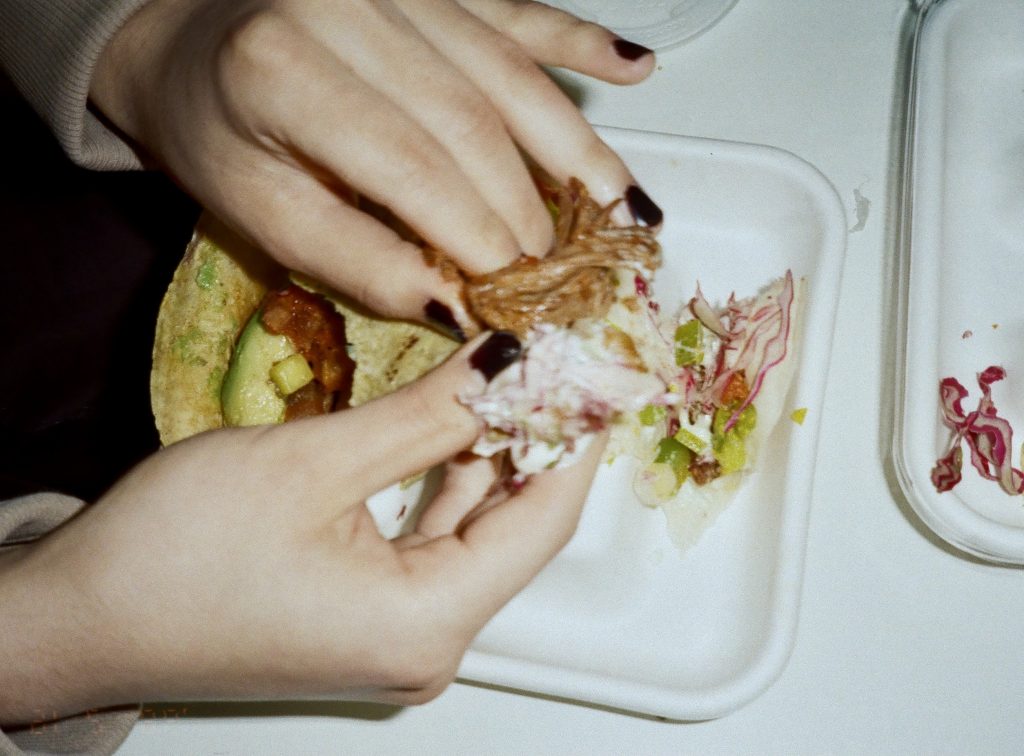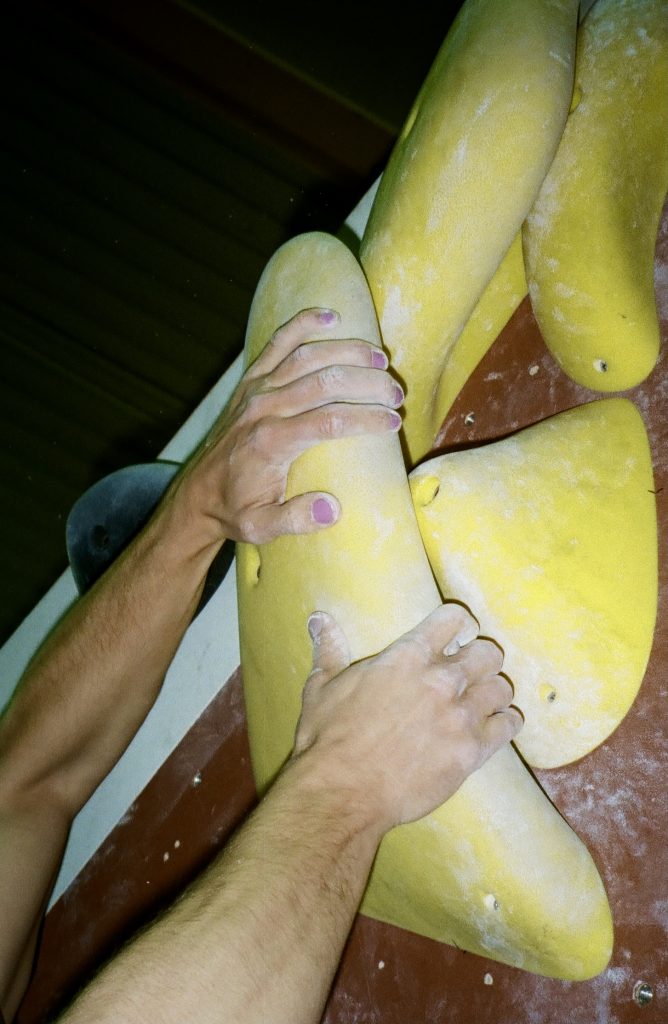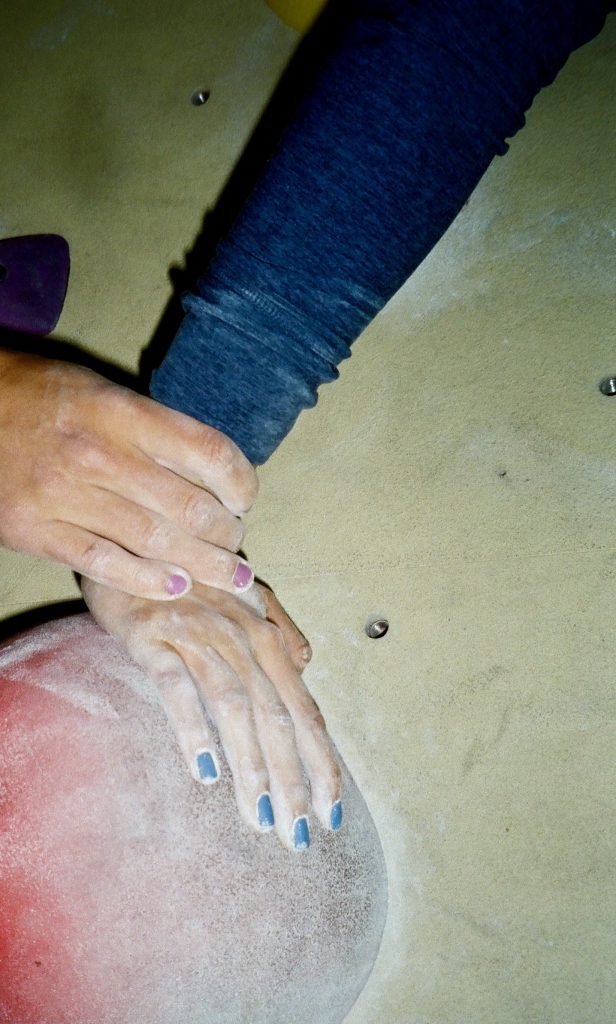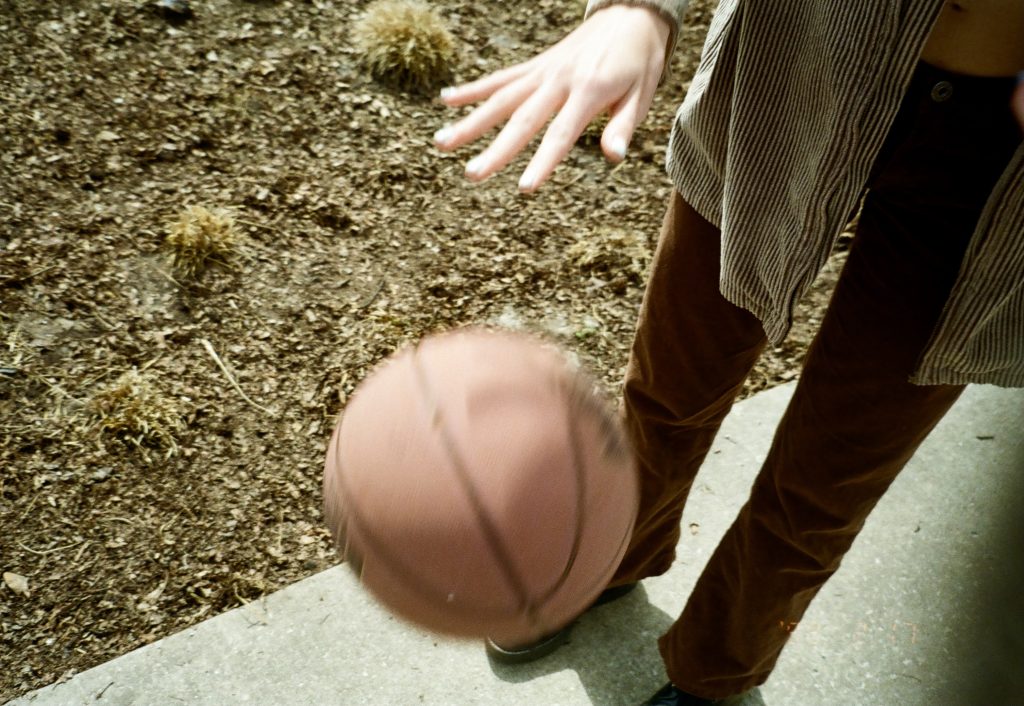nail pol·ish
noun
A chemical concoction painted on human fingernails that is neither applied like makeup, nor worn like clothing; neither temporary like an accessory, nor permanent like a tattoo; A sign of both conformity and defiance.
Are there limits to its versatility?
The adornment’s surface level allure – color – is carefully selected by its wearer and indicative of one’s thoughtfulness or attention to detail – well manicured hands are associated with elevated societal rank. Sometimes, the basis of a color’s selection is arbitrary, but often it serves to complement an outfit or be indicative of (or serve to incite) a specific mood.
Nail polish is a conduit for self expression. Starting at a young age, children see it as a way to toe the line of adulthood. Teenagers rely on nail polish to explore their artistry. The fashion industry has commoditized nail polish to an extreme degree, using it to emphasize and highlight outfits on the runway. This self expression, while seemingly limitless, remains quietly confined by society. Societal expectations have found a way to shroud even the smallest of actions – such as painting one’s nails – in an atmosphere of doubt and uncertainty.
In order to consider the role of societal expectations and nail polish, it is important to explore the characteristics of nail polish that inspire such controversy. The first is the role of color, and how it has been historically gendered and similarly stereotyped. Young girls are dressed in pale pink and boys in blue; the previous are rarely viewed as being interchangeable. And though there are colors that society has deemed appropriate for men, any color, once in nail polish form, is conflated with femininity. Such associations are enduring; though the fashion industry has made significant strides in recent years regarding gender and color and style, adornment in the form of nail polish is still restricted to specific, arbitrarily-defined realms.
There are a number of expectations for when, where, and why nail polish is to be worn.The previous is due, in part, to the associations and stereotypes people harbor towards different colors. Red, for instance, is associated with passion, confidence, love and fury. It is also used to signify deviance. Yellow and green are often associated with springtime and renewal, happiness and light. These associations – and physical/visual appearance of nail polish – all come together in the overarching societal expectations.
The fact that this concept of femininity continues to hinder our perceptions of nail polish feels outdated; and the fact that such a simple act of wearing nail polish is at all debated is a testament to underlying societal concerns. This same concern is seen in regard to nail length and nail art. In returning to the previous discussion about unspoken rules, there seems to be a ‘socially acceptable’ length for different events. Long nails, for
instance, are often considered exaggerated and unnecessary (an argument that Cardi B, Billie Eilish, and other celebrities have begun to contest when wearing their 3 inch long nails to red carpet events and the grammys). This concern ties back into the role of stereotypes and expectations – long nails are often associated with partying and having fun, not with professional board meetings or formal black tie events. Nail art has a similar role – aside from the more amusing ‘social faux pas’ of wearing Fourth of July nails on Valentines day there are also expectations for what kind of nail art aligns with specific outfits or social interactions.

Social expectations, then, have hindered people’s willingness to wear long nails or specific colors or unique nail art to certain events. They have instilled in us a sense of right and wrong in relation to nail polish. Such expectations are seen most heavily in relation to religion, professionalism, and age. One wouldn’t expect to see vampire nail art at church, or 3 inch long nails at an executive meeting, or neon orange nails on a 65 year old woman. With gender, the societal expectations of men not wearing nail polish is perhaps a result of and factor into toxic masculinity. With nail polish – and its colors – being associated with femininity, it can be nerve-wracking for a man to experiment with the product. There is the societal pressure of fitting in and conforming; to wear nail polish would be to defy this and run the risk of social strife. Then, from a professional lens, women work hard to maintain their professional perception. In order to be
considered a viable member of a team or company, women feel the social pressure of being seen in a very specific light; they should be prim, proper. They shouldn’t be drawing unnecessary attention to themselves by wearing long bright red nails. (This, then, raises a question about professional expectations, though this may require its own discussion).
What, then, are the effects of such societal expectations? For one thing, it impacts people’s comfort with self expression. Growing up, I remember feeling hesitant about wearing nail polish to school because I worried about what people thought. One of the greatest things about nail polish is the attention it draws and the confidence it instills in the wearer; societal expectations or stereotypes shouldn’t take away from this. Further, the controversy around proper nail polish colors or length perpetuates issues around gender norms and stifles the very foundation of fashion. Then there are the underlying contradictions of nail polish making people feel self conscious when it was designed to bolster confidence; the fact that it genders and stereotypes colors; the fact that it is a simultaneous sign of maturity and youth; the fact that it is a crucial element of the fashion industry and yet remains somewhat constrained.
All of the listed issues, however, provide an opening for change. The fact that there are stereotypes allows for them to be broken or pushed against; they have made nail polish an easy avenue for rebellion. Length and color can be altered easily; nail art has become its own art medium and social craze; it’s an activity that can be done in one sitting amongst friends or while listening to music on a Friday night. Nail polish is an eye catcher; it reflects the light, compliments an outfit, bolsters people’s confidence, and is used as a conversation starter. It is a quiet way of pushing against the boundaries of societal expectation.
As mentioned before, consider celebrity icons like Billie Eilish. Through her haunting songs, baggy clothes, dyed hair, and long, detailed nails Billie is renowned for her ability to defy societal expectations. Early on in her career, she was both praised and criticized for her disregard for social constraints. Her mentality was one of self love; she decided to pursue and wear and write what felt most honest to her values. Today, she is more admired for this outlook than anything else. The fact that Billie used nail polish as an avenue for rebellion is a testament to its potential to change the tide of societal norms. Even if it was as small as seeing longer nails at work or outrageous nail art at formal events or men sporting any color in their daily life, nail polish can be used to incite change and inspire society to reconsider stereotypes.

Even if it’s as small as wearing bright red to work or unique nail art to church or formal events. It’s important to remember that the listed issues lack a clear line. At what specific age, exactly, are people expected to stop wearing flashy colors? For what types of jobs, exactly, are people encouraged to wear clear or light colors? At what religious events, exactly, do people feel comfortable wearing nail polish to? For all of the social constraints people are expected to follow there is a lot of grey area and as such, we should allow ourselves to paint our own rules.
Creative Direction Meyme Nakash and Sophie Roig
Words Sidney Speicher
Photographs Mai-Han Nguyen
Editor Sophie Goldstein
Armour Magazine Season 26 — S/S 2021







